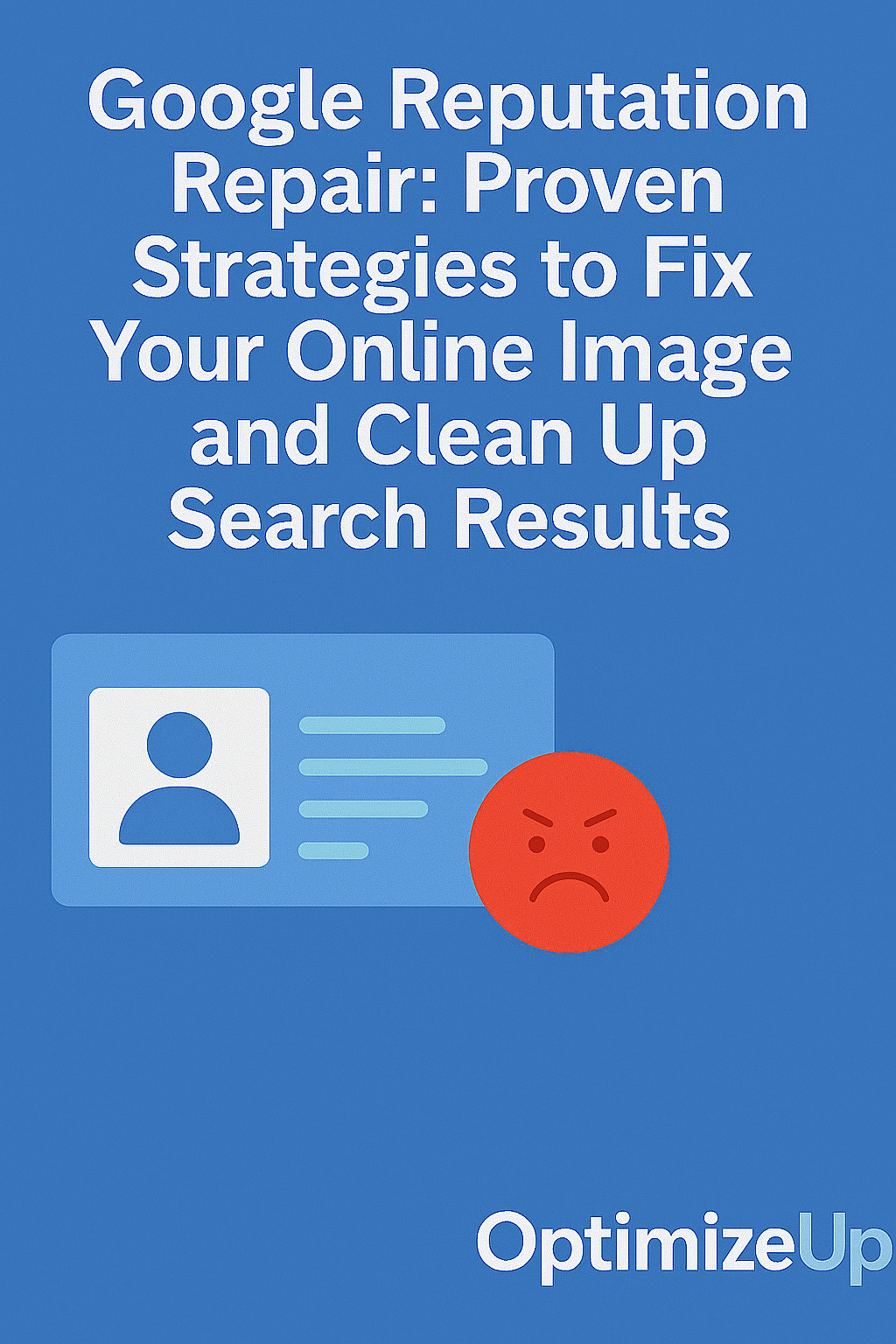What Is an ATS and Why It Matters
ATS stands for Applicant Tracking System—software employers use to manage job applications. These systems scan, sort, and rank resumes before a human recruiter ever sees them. If your resume isn’t ATS-optimized, you might never get to the interview stage.
How ATS Works:
- Scans resumes for relevant keywords and phrases
- Analyzes structure and formatting
- Scores match quality between resume and job description
- Ranks candidates based on relevance
Most large employers, and increasingly many small businesses, rely on ATS to filter applicants. Optimizing your resume is no longer optional—it’s essential.
Understanding how ATS platforms work can give you a significant edge. Some popular ATS software includes Workday, Greenhouse, Taleo, Lever, and iCIMS. Each varies slightly in how it parses resumes, but all depend on structure, formatting, and keyword alignment.
Core Elements of ATS Resume Optimization
1. Use a Clean, Simple Layout
Avoid:
- Tables, columns, text boxes
- Graphics or logos
- Headers and footers
- Embedded charts
Use:
- Standard fonts like Arial, Calibri, Times New Roman
- Left alignment
- Clear headings: Experience, Education, Skills
- Bullet points with consistent formatting
Use no more than two font sizes. Avoid color unless necessary. Do not use fancy templates downloaded online—they often fail ATS parsing.
2. Include Relevant Keywords
Pull keywords directly from the job posting:
- Job titles
- Required skills and tools (e.g., “JavaScript,” “HubSpot”)
- Certifications (e.g., “CPA,” “PMP”)
- Soft skills (e.g., “leadership,” “time management”)
You can also:
- Use an online keyword extractor tool
- Paste the job description into a word cloud generator
- Identify common phrases across multiple job listings
3. Optimize Your File Format
- Use .docx or PDF, but make sure PDF is accepted
- Avoid .odt or .pages
- Name the file professionally:
FirstName_LastName_Resume.docx
Use a PDF only if the job application site allows it. Some legacy ATS systems cannot read PDFs correctly.
4. Tailor for Each Job
Customizing your resume boosts relevance scores:
- Rewrite the summary to reflect each position
- Reorder bullet points to highlight most relevant experience
- Reword accomplishments to include job-specific terms
Use tools like Jobscan to compare your resume against a job description.
How to Structure an ATS-Optimized Resume
Contact Information
John A. Smith
john.smith@email.com | (555) 555-5555 | LinkedIn.com/in/johnsmith | City, StateAvoid placing this in a header. Keep it at the top, in the main body.
Resume Summary
Detail-oriented CPA with 7+ years of experience in financial reporting, budgeting, and tax compliance. Proficient in QuickBooks, NetSuite, and SAP. Adept at managing multi-million-dollar budgets and leading cross-functional teams.Use job title-specific terms here to increase relevance.
Skills Section (Keyword Goldmine)
Skills: Budget Forecasting, QuickBooks, GAAP Compliance, Strategic Planning, Financial Analysis, NetSuite, Leadership, Risk ManagementUse both technical and soft skills. List tools and platforms by name. Keep terms consistent with job descriptions.
Work Experience
Format:
Company Name | City, State
Job Title | MM/YYYY – Present
- Start each bullet with an action verb: Led, Created, Managed, Designed
- Include quantifiable results: “Reduced processing time by 22%”
- Use keywords without overstuffingTip: Align past roles and tasks with current industry language even if the title was different.
Education
University Name | City, State
Degree | Graduation Year
Certifications: PMP, Six Sigma Green Belt, AWS Certified Solutions ArchitectInclude GPA if recently graduated. Add licenses, certificates, or workshops that reinforce your specialization.
Common ATS Mistakes That Kill Your Resume
- Using creative job titles (“Customer Happiness Hero” instead of “Customer Support Specialist”)
- Including important info in headers or footers
- Overusing graphics or fancy fonts
- Ignoring relevant keywords
- Uploading the wrong file type
- Not tailoring your resume for each job
- Stuffing keywords unnaturally or repeatedly
Best Practices for Optimizing Resumes for ATS
1. Match Resume Content to the Job Description
Use the exact phrases and requirements listed. ATS favors specificity.
2. Use Standard Headings
Stick with:
- Summary
- Experience
- Education
- Skills
- Certifications
Avoid creative headings like “Where I’ve Been” or “Why You Should Hire Me.”
3. Focus on Action + Outcome
Every bullet should say what you did and what happened:
Improved inventory tracking by implementing barcode system, reducing shrinkage by 18%4. Quantify Achievements
Numbers boost credibility:
- Increased sales by 25%
- Trained 15 new hires
- Cut costs by $40K annually
5. Avoid Jargon (Unless It’s in the Job Post)
Don’t assume every ATS understands acronyms. Spell out and include variations:
Search Engine Optimization (SEO)Use plain language and ensure the meaning is clear.
Advanced ATS Optimization Tips
Use Synonyms Where Possible
If the job mentions “social media marketing,” also use:
- “content strategy”
- “social platforms”
- “brand engagement”
Keep Your LinkedIn Aligned
Many ATS systems pull data from LinkedIn. Ensure consistency:
- Job titles
- Employment dates
- Keywords
Add Project Highlights or Case Studies
For fields like tech or consulting, short project overviews stand out:
Project: Rebuilt company CRM infrastructure, improving lead conversion rate by 31%.Optimize for Applicant Tracking + Human Readers
Your resume must appeal to both machines and recruiters:
- Use white space for readability
- Avoid dense paragraphs
- Balance design with compliance
How Optimized Up Can Help
If outdated, embarrassing, or irrelevant information is showing up when employers Google your name, it could derail even a perfect resume. Our online reputation management experts help you:
- Suppress negative search results
- Optimize search engine visibility
- Clean up old public records
- Improve your online presence across platforms
Contact Optimize Up to build a personal brand that complements your optimized resume.
Frequently Asked Questions (FAQ)
A simple reverse chronological format with clear headings and bullet points is ideal. Avoid templates with columns or tables.
Yes. While not all ATS parse cover letters, many recruiters read them once a resume passes the initial screening.
Yes. While not all ATS parse cover letters, many recruiters read them once a resume passes the initial screening.
1 page for early-career professionals, 2 pages for those with 10+ years of experience.
.docx is the safest and most universally accepted. PDF is acceptable if explicitly allowed in the job posting.
Every 3–6 months or whenever you complete a major project, switch roles, or acquire new skills.
Yes. ATS filters resumes, but human recruiters make final decisions. A well-optimized resume ensures you reach both.
Works Cited
Jobscan. “What is an ATS?” https://www.jobscan.co/what-is-an-ats/
The Muse. “How to Make Your Resume ATS-Friendly.” https://www.themuse.com/advice/resume-tips-resume-format-ats
SHRM. “How to Optimize Your Resume for an ATS.” https://www.shrm.org/resourcesandtools/hr-topics/talent-acquisition/pages/optimize-resume-ats.aspx
LinkedIn Talent Solutions. “The Power of an ATS-Ready Resume.” https://business.linkedin.com/talent-solutions/blog/trends-and-research/2021/the-power-of-an-ats-ready-resume





